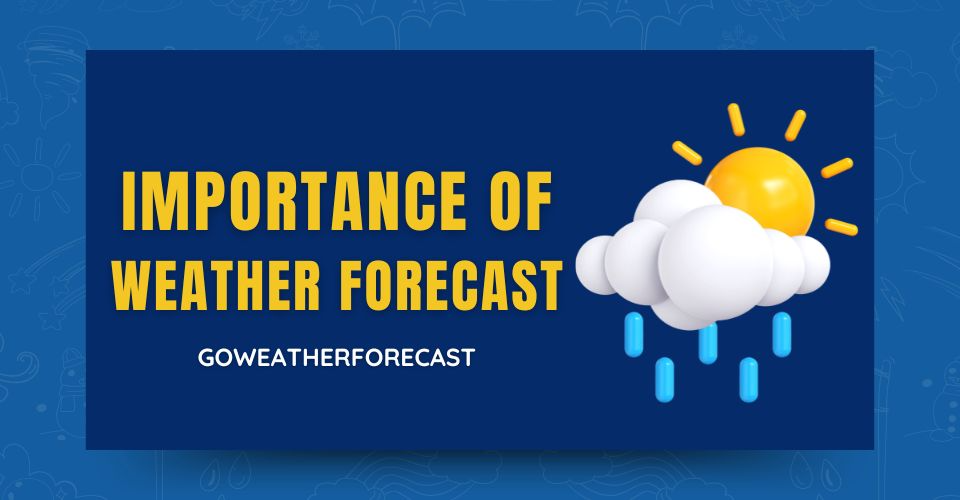Where can fireworks show by thunderstorms be expected on the 4th of July?

Where can fireworks show by thunderstorms?
Storms are expected from central and northern Idaho eastward to Pennsylvania and parts of Delaware, New York state and New Jersey. Along this swath, several thunderstorms may organize into complexes that can end for twelve hours or more as they can travel for hundreds of miles. At any given place hit by one of these thunderstorm huddles, a few hours of heavy rain and brief strong wind gusts can take place.
As a trail of tropical moisture pulls out northward from the Gulf of Mexico, a greater than spotty coverage of thunderstorms can take place from parts of eastern and central Texas to the middle Mississippi and Ohio valleys.
One thing to keep in mind is that even a garden-variety pop-up thunderstorm can be extremely heavy for a little span over a confined region this time of the year. Storms of such personality can bring flash flooding, knock over trees and trigger power outages in one part of a neighborhood and totally miss another part.
Even though the majority of thunderstorms will be inclined to end up by 9 PM local time, light winds and high humidity in the wake of recent downpours can result in the fog to form as soon as some fireworks displays start. The best bets for rain-free weather on a regional basis include much of the West, the Southern Atlantic Seaboard and New England.
Highs over much of the country will be in the 80s to lower 90s F. The cool spots will be along the instant West Coast and over the high country of the Rockies and Sierra Nevada, where peak temperatures will be mainly in the 60s and 70s. However, keep in mind that it doesn’t have to be hot to get a nasty sunburn.
The heat will even be risky in the Desert Southwest since it often is during the summer. With low humidity in the desert regions, perspiration evaporates rapidly and may possibly not be evident; hence, the need to stay hydrated.
The majority of regions from the southern and central High Plains, westward to California and northward to the western parts of Oregon and Washington are expected to be free from rain and usually clear. However, along the immediate Pacific coast, morning low clouds that burn off during the midday hours are expected to slowly come back during the evening.
Rip currents are inclined to shift and fluctuate as a result of the tide, local weather conditions and the shape of the beach. Heed all warnings from lifeguards and comply with local beach advisories.
![10 Health & Safety Precautions During Rainy Season [Be Careful]](https://admin.goweatherforecast.com/images/1732692097.png)








0 Comments
Leave a Comment
Your email address will not be published. Required fields are marked *